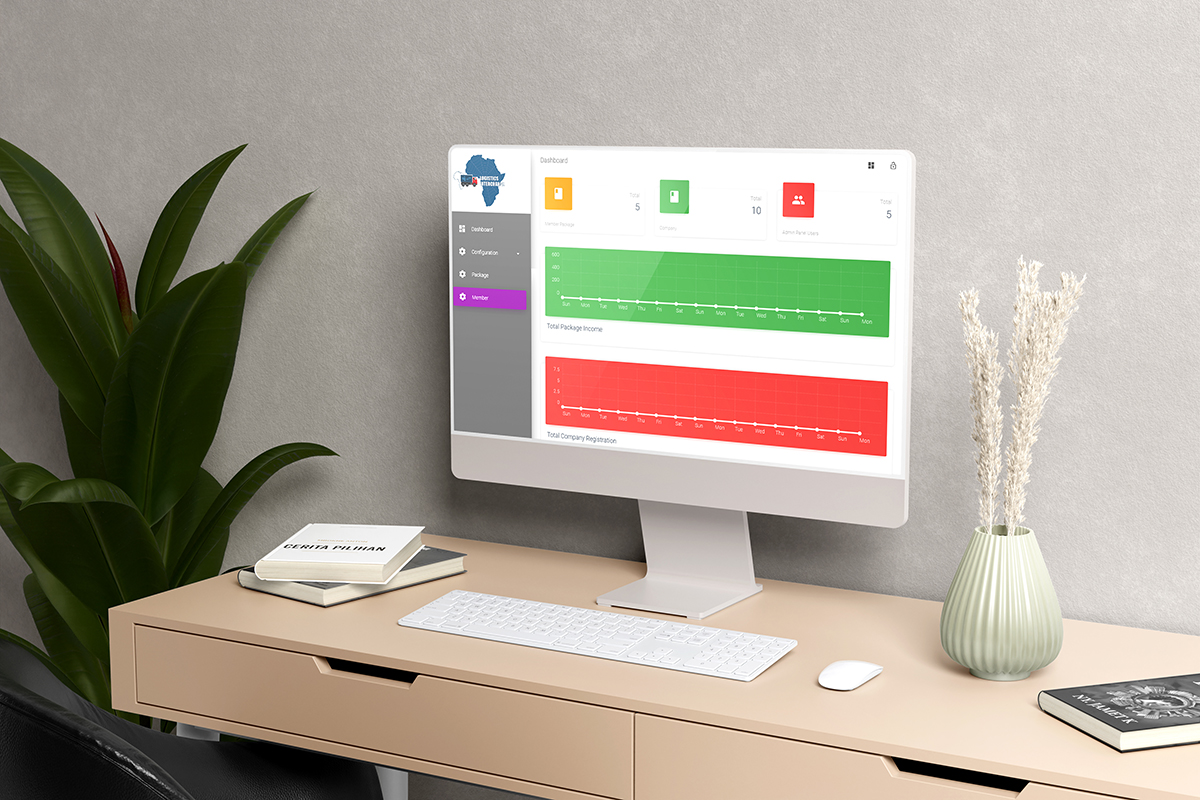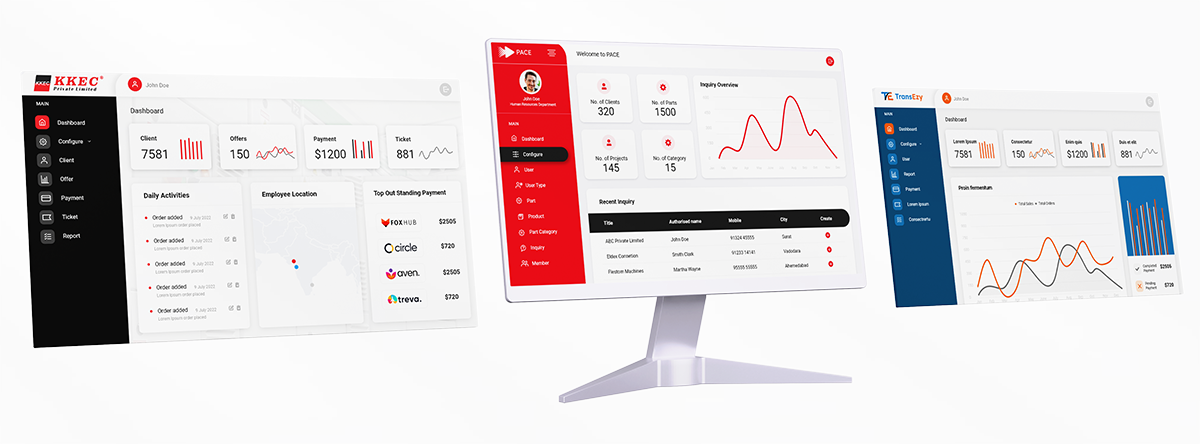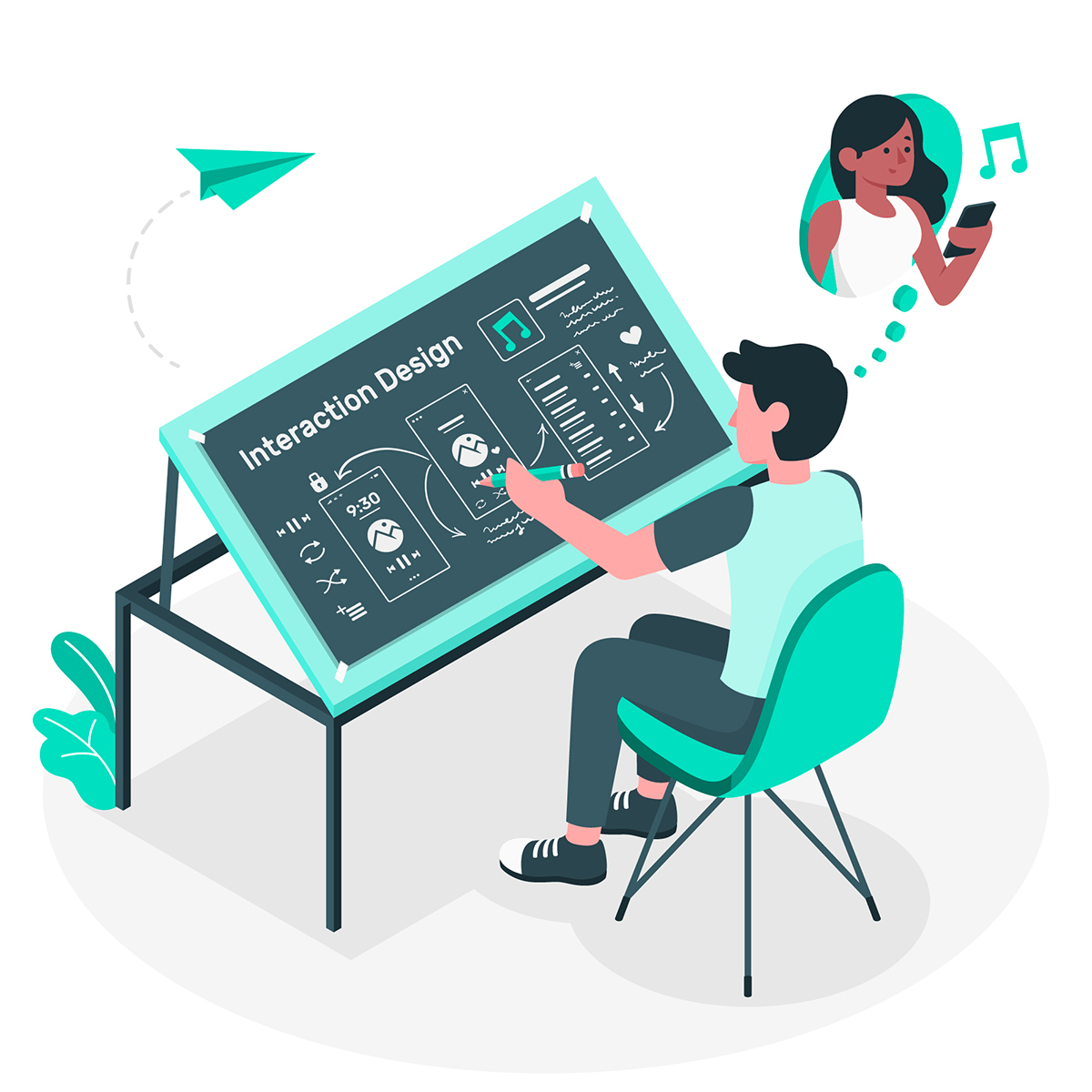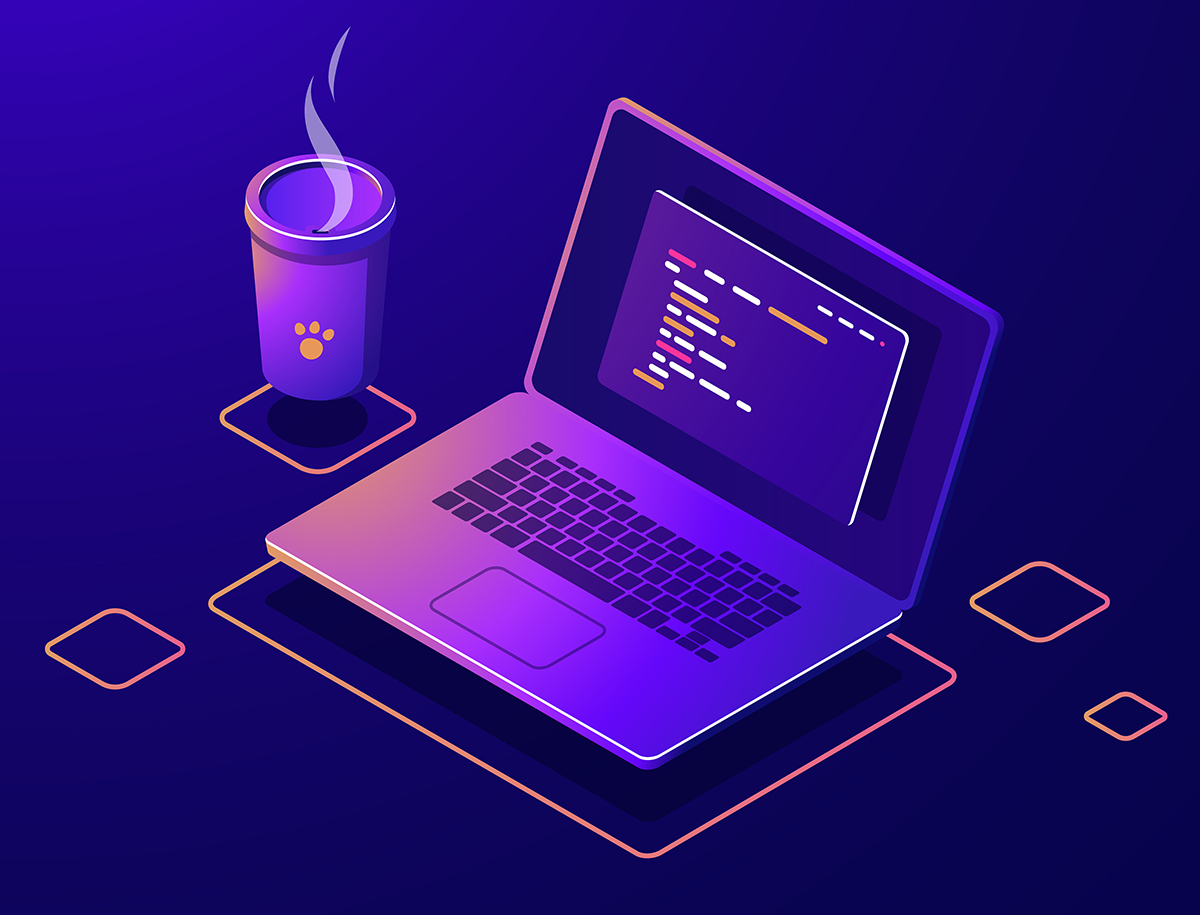Software development is a complex task that requires the software development team to understand the business, technical as well as the cost aspects involved in the software development project.
Mysphere Infotech, a leading software development company in Vadodara, has a team of experts that work on any software development project in a well structured step-by-step manner. Our team consists of diverse individuals with varied backgrounds such as account manager, business analyst, project manager, UX and UI designers, front-end as well as back-end developers, software testers, etc.
With over a decade of experience, Mysphere Infotech team has very well understood the rules of the game and has developed certain thumb rules for success. We wish to share it with you so that you too can do well in your software development projects.

The software development process can be divided in the following steps that can either be followed linearly or parallelly depending on the project at hand.
Step 1: Conduct Product Feasibility Analysis
Step 2: Finalize Software Development Plan
Step 3: Work on UX and UI design
Step 4: Design the Software Architecture
Step 5: Write codes
Step 6: Conduct Software Testing – QA/ QC
Step 7: Pilot Launch the Software Product
Step 8: Launch Final Software Product at a Large Scale
Step 9: Have a Feedback Mechanism and Improve Product as You Go
Step 1: Conduct Product Feasibility Analysis
First of all, it is important to analyze the product feasibility. Before starting with software development, the team must find answers to certain questions such as:
- What customer needs shall this product cater to?
- Does any similar product exist in the market?
- How is this product different from already existing ones?
- Is there any cheaper alternative that offers similar solution?
- Who is the target audience?
- How will this software earn money for the organization?
Once the team is able to find answers to these questions, they can start to work on the software development plan.

Step 2: Finalize Software Development Plan
Create a detailed plan along with timelines for software design, coding, testing, pilot product launch, final product launch, etc. At this stage, decide all the product features that you want to develop and the technologies you are going to use for software development. Create the roadmap that is practical and feasible to achieve.
Step 3: Work on UX and UI Design

This step requires thorough research on the target audience’s mental wiring and the way to provide them the best-in-class experience of the interaction with software product. This shall be helpful to develop front-end software.
Work with the team supposed to use the back-end software to find out what may work best for them. It is important to provide seamless software experience to the back-end software user team as well. This shall ensure that they work efficiently.
This step requires the team to make detailed wire frames and prototypes with clear idea of the way the users shall interact with the software.
Work on the user interface and the best possible user experience you want to provide. Work on the look and feel of the software as well as the ease of software use. This portion includes working on screen layout, page layouts, color schemes, tabs, buttons, links, menu and much more.
Step 4: Design the Software Architecture

At this stage, work on and finalize the software architecture. This means conduct the detailed design of each functional module and the interaction of various modules including databases. Also, work to find out the right technologies for the software for back-end as well as the front-end. Develop the prototype of the software to understand the look and feel of the final product.
Step 5: Write codes

At this stage write codes to create fully functional software that was earlier a mere idea and a prototype. After writing codes, check for the automation as well as test the software modules on the local machine of the developer to see if the code is correctly written. Rectify wherever required and integrate the software modules.
Step 6: Conduct Software Testing – QA/ QC
After integration of software modules, carry out the software testing on the local environment of the project leader as well as online on the server environment. Rectify any errors and bugs to ensure that the software runs as expected on the local environment and server environment for the front-end as well as back-end users.
Step 7: Pilot Launch the Software Product
Once the software is working fine, launch it to the limited set of target audience. Collect their feedback to know what works right and where to improve. Implement the feedback wherever required to make the software product better.
Step 8: Launch Final Software Product at a Large Scale
After conducting pilot launch, it is time to launch the software at a large scale to your target audience. Make the software available for access from various devices (including mobile, desktop, tablet, laptops, etc.) and platforms (iOS, Android, etc.) to ensure maximum adoption of the software.
Step 9: Have a Feedback Mechanism and Improve Product as You Go
Just launching the software once is not enough; you must continuously improve the software going forward. Have a mechanism in place to receive feedback from the users. Wherever required, make the necessary changes to the software. Also, conduct your own research at regular intervals to keep software updated and ensure users don’t move (or minimum users move) to alternate products.
If you need any help in software development, you can reach out Mysphere Infotech, a leading software developer based in Vadodara, Gujarat. Reach out to us by clicking here.


Leave a Reply